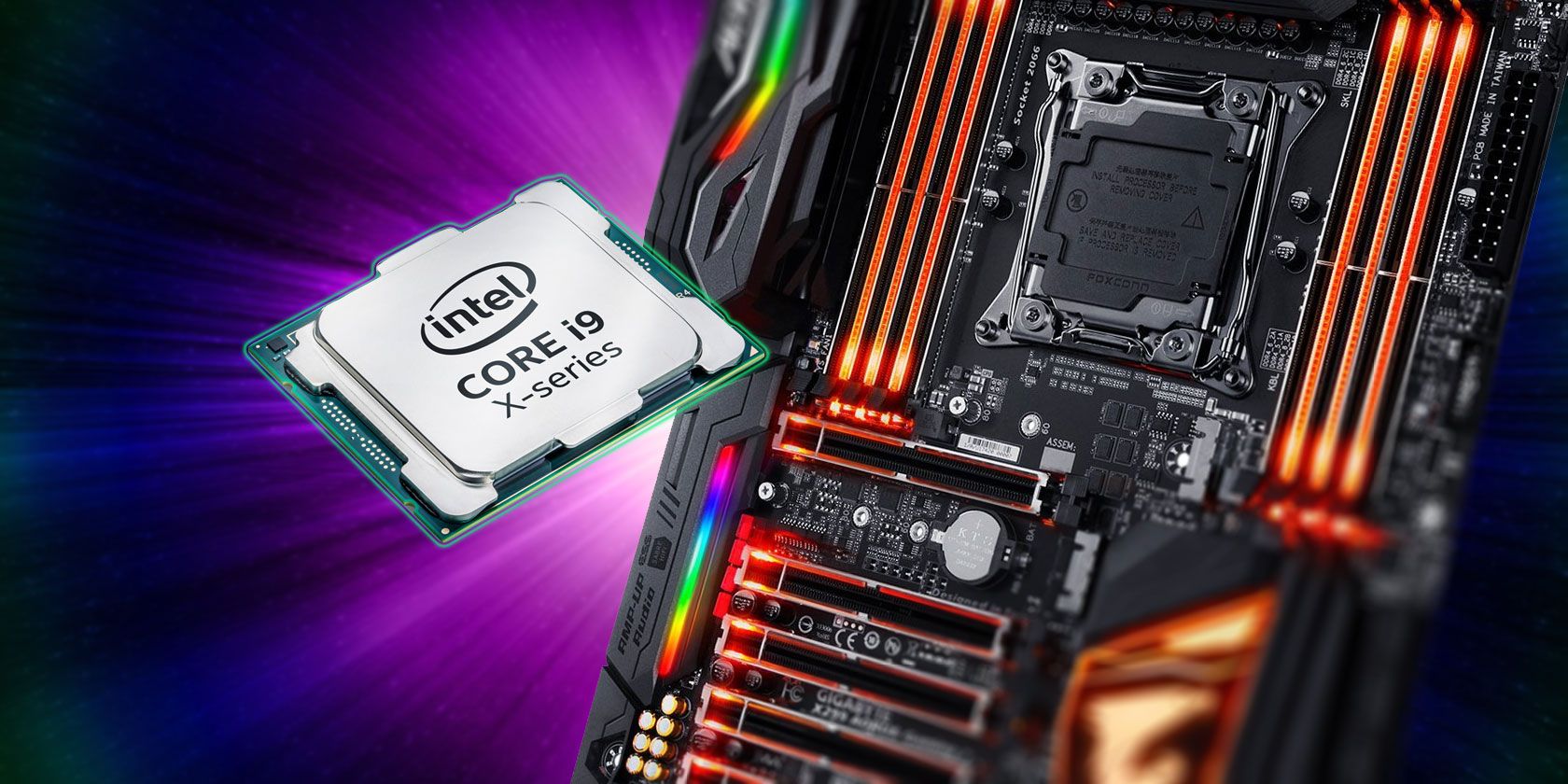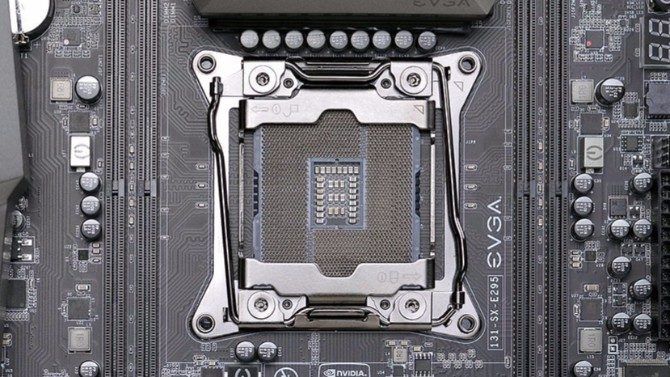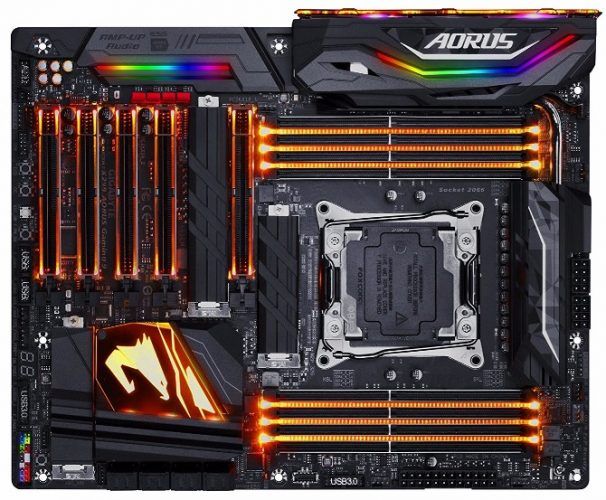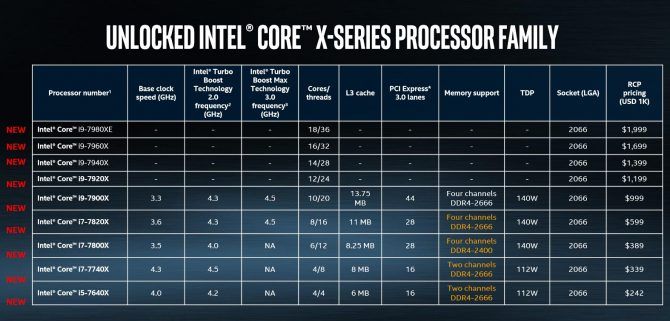Intel's new and fastest line of processors, the new Core i9 series, has drawn significant attention. It puts the company ahead of its chief rival, AMD, in the speed wars and the core wars. But if you want a taste of the action, you need a new motherboard to go with it: the X299 chipset.
What is this new motherboard? What are the advantages and disadvantages? And is it really worth it? Let's dive in and find out.
What Is a Chipset? The X299 Chipset Explained
The first thing you need to understand is what a chipset does. To put it in simple terms, the chipset is the brain of the motherboard. It connects the processor, RAM, graphics card, hard drive, and all other components. Through this bridge, the different parts of your motherboard talk to each other and perform in cohesion.
Each chipset has its own set of rules or framework that motherboard manufacturers need to follow. The X299 chipset, for example, supports some new technologies, as well as improves on older features. Here's a brief idea of what has changed.
1. LGA 2066 Socket
The CPU socket is the most important part of a motherboard. This single factor determines whether a motherboard can be used with a certain processor or not. To judge compatibility, you need to know how many pins a socket has.
The number of pins is denoted by the number: 2066, in the case of the X299 motherboard. That means any processor with 2066 pins or fewer will be compatible with it. If your processor has more than 2066 pins, you can't use it.
Intel's new X series of processors, which includes the Core i9, has chips with 2066 pins. To use them, you'll need a motherboard with support for LGA 2066, which means an X299 motherboard only.
2. PCI Express 3.0: 24 lanes
PCI Express (PCIe) is the universal standard for motherboards to add new parts. PCIe 3.0 has been around for some time, but the X299 is the first chipset to make it mandatory.
X299 motherboards will also feature 24 PCIe lanes, a big boost from the 8 PCIe lanes that the previous standard used. In simple terms, more lanes leads to faster speeds and/or more expansion parts.
In particular, this affects M.2 drives. PCIe connected M.2 drives are faster than SSDs (solid state drives). And as a cherry on top, X299 motherboard makers are adding heat sinks for M.2 to maximize efficiency.
3. Intel Optane Support
The big Intel-made change in the X299 motherboards is support for the new Intel Optane technology. Optane is a new type of storage memory that's a cross between RAM and an SSD.
It's the fastest-performing storage device for consumers, but you still need a regular hard disk drive to go with it. In fact, you might want to think twice before investing in Optane memory.
4. Other Pros and Cons
Apart from these three major bits, there are several small changes happening in X299 motherboards. Some are good, some not so much, and the lack of change is also nice at times.
Here's a quick rundown of other salient factors:
- Only eight SATA slots, compared to 10 in previous models.
- More USB 3.0 ports (10) out of the total 14, which stays the same.
- Same mounting points as earlier motherboards, which means you can use your old CPU coolers.
- Quad-channel DDR4 RAM support (although this is available only with a Core i7 7800K processor or better).
For a full comparison of the new X299 chipset with the older X99 chipset, see Intel's official chart.
Which Processors Work on X299 Motherboards?
Now that you know the changes, it's time to know what you can buy with it. Essentially, it's the entire Intel X series of processors. This starts at the quad-core Intel Core i5 7640X, and goes up to the 18-core Intel Core i9 7980XE. Here's the full list of processors:
Intel has said that new X series processors will be available in 2018, again starting with the Core i5 series. If you're unsure what you should buy, here's a quick guide to find the right Intel processor for you.
Which X299 Motherboard Should You Buy?
Now that you know everything there is to know about the X299 chipset and its motherboards, let's get down to the important question. Which motherboard should you buy? Here are a few choices, based on your needs.
Cheapest Good X299 Motherboard: Asus Prime X299
If you want to spend as less as possible while still getting a good X299 motherboard, buy the Asus Prime X299 and be done with it. It's the least expensive board to tick all the right boxes, like built-in Wi-Fi. Be warned it has only four DIMM slots for DDR4 RAM, but hey, that's enough, right?
Mini ITX: ASRock X299-E ITX/ac
There's only one motherboard in the mini ITX form factor right now, but that doesn't mean it lacks any features. The ASRock X299E-ITX/ac is going to be hard to beat with what it packs in such a small size. With this, you could build a great HTPC that doubles up as a gaming console!
For Overclockers: Asus TUF X299 Mark I
To get the most out of your processor, you need to overclock it. But that means more heat and a higher chance of damage to either the CPU or the motherboard. Asus has you covered with the TUF X299 Mark I, which has its signature "Thermal Armor" protection to reduce heat and cool the motherboard faster. There's also a 5-year protection on the motherboard, and one of the few front-facing USB-C ports we've seen. Set it up and watch the built-in LED lighting work its magic.
Are You Upgrading to X299 and Intel Core i9?
So are you ready to take the jump and switch to the Intel Core i9 series of processors as well as the X299 motherboards? Which of the two are you more excited about?




